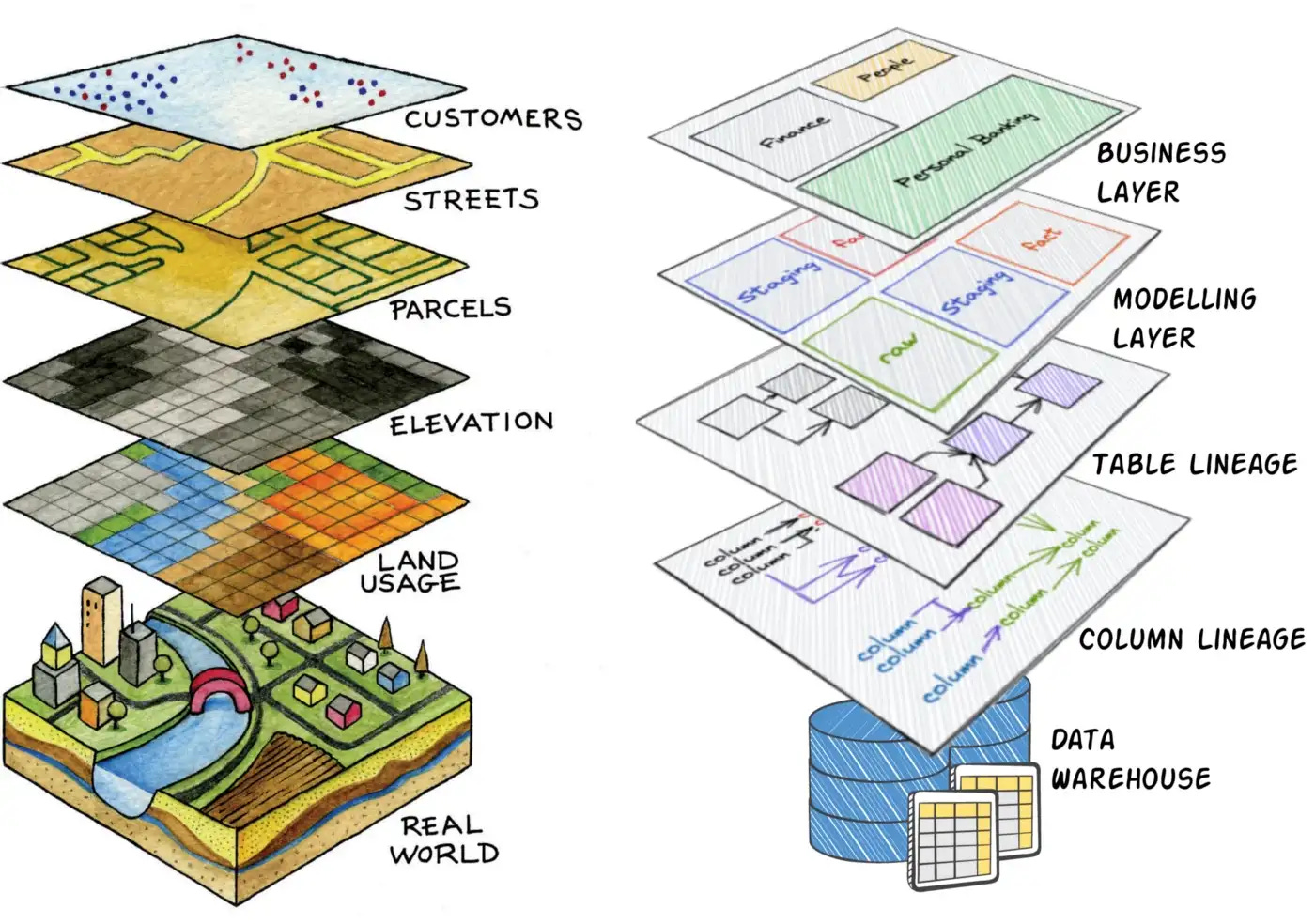The Roundup roundup: 2022 Edition
We linked, you clicked! 🖱️ It’s an Analytics Engineering Roundup holiday tradition to wrap the year with articles you’ve found the most interesting this past year. Enjoy revisiting some of the most influential writing and tweeting of 2022 below 👇
Here’s hoping you’ve had a wonderful holiday season, and wishing you a very Happy New Year 2023! 🎉
-Anna
#10: Amit Prakash dives deep on the ideal metrics layer for the modern data stack (January)
We’ve made a bunch of progress as an industry towards what Amit described back in January (including actually launching an open source metrics layer that can be used as a standard), but his post is a great reminder that there’s lots more good work left to do here!
Now that we’re a little closer to this reality, which of Amit’s metric classes feels most critical to you?
#9: Emily Thompson on shifting your data team from reactive to influential (March)
Have you tried applying Emily’s framework for prioritizing your data team’s work to help you break out of the cycle of working reactively? If yes, how did it go for you? If not, what’s holding you back?
#8: Katie Bauer on designing data teams based on constraints rather than demand (May)
This Tweet thread from Katie is aging like fine wine! I’ve been thinking a lot this year about data team and org design, and the EPD-esque model I described here remains my model of choice. It maximizes quality of life for humans on the team, efficiency of the data team in addressing the most pressing business problems, and the ability to prioritize routine maintenance and keep the lights on types of improvements without undue delays to the team roadmap.
What I’ve learned since then: depending on where you business is on its maturity curve, getting a holistic view of the most pressing business problems can require a lot of legwork and may not be accessible to every data leader. I’ll do another take on this idea in the new year ;)
#7: Erica Louie on valuing your data analysts (May)
Remember when Erica Louie went viral on Data Twitter? Since then, she’s expanded on this tweet thread in one of the Roundup issues, started her own substack, and hired an entire team of Data Analysts.
Looking forward to more hot takes on this topic from her in the new year!
#6: Eric Weber deconstructs the role of a Data Product Manager (October)
Something I am curious about as we enter 2023 in the current macroeconomic climate: how will the role of the Data PM evolve? On the one hand, the many rounds of layoffs in tech companies will create more supply of humans with solid PM skills than ever before. On the other hand, data team budgets are unlikely to expand to add a Data PM role in the current climate. Will data leaders take up the opportunity and what will they tradeoff, if they do?
#5: Borja Vazquez imagines the many layers of data lineage (August)
In August, we covered why Borja’s focus on designing data tools with data practitioner UX in mind can be, well, transformative :) We’re now two months into the launch of the dbt Semantic Layer, an abstraction between your data modeling layer and your business layer. What is the next most important layer missing from your stack?
#4: a16z’s emerging architectures for modern data infrastructure, updated for 2022 (June)
It’s very interesting to take an industry cross section and compare 2020 and 2022 in particular — in those two years alone, the number of data startups and data startup funding exploded. It would be interesting to come back to this article in Q4 of 2023/Q1 of 2024 or so to see how things have evolved. How many down rounds, acquisitions and pivots will we see in 2023? What tools and data stack layers will stand the test of time and rough market waters?
#3: Thalia Barerra on the past, present and future of Data Engineering (October)
More sophisticated tools, the fading gap between producers and consumers, and the implementation of DataOps mean that data engineers will focus on more strategic tasks without necessarily being intermediaries but rather advisors and enablers of automation.
I’m very excited to see how well this prediction plays out in 2023 and beyond. I think that we are just on the cusp of this world being possible, and I personally can’t wait for the data engineer role on a team to drive much more of the business platform strategy.
#2: The best interactive visual of the year: NYTimes’ sobering pandemic insight (May)
If you missed this the first time, this interactive visual is definitely worth a look. And then a second and a third look. Great journalism and thoughtful data visualizations are a beautiful combination. This visual set the bar for me for communicating with and through data, and not only for 2022.
#1: Elena Dyachkova on data title overlaps (January)
And finally… the top link that you all found most interesting and engaging: data titles and the overlap that exists between them. This was a big topic earlier in the year. I’m curious how organizations will streamline the overlap in functions that are implied by Elena’s visual below, and what fresh mistakes we will all make along the way. Another one to watch for 2023!
And with that, here’s wishing you a very happy 2023!









